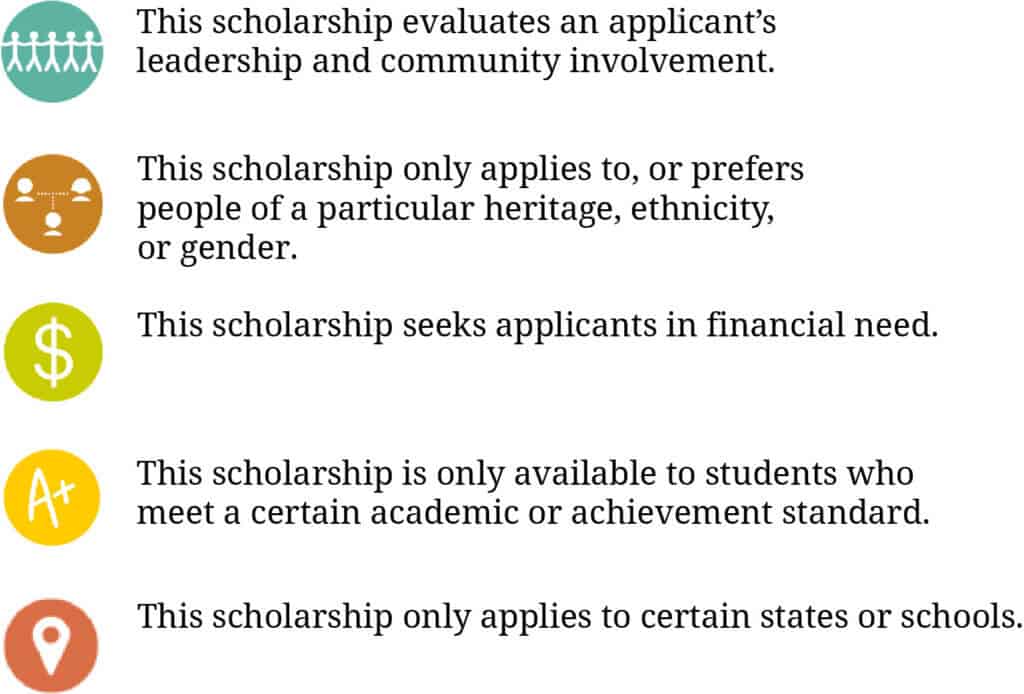
Interactive graphing can be a great way for information to be communicated. It's an effective and fun way to present data. You can use it online, in newspapers, magazines and in businesses. It is also a great way impress people. While graphs can be an effective way to communicate a message, it's essential that students are proficient in using graphs and understand how to interpret data. Students learn science and engineering through graphs. They also improve their ability to evaluate, analyze, and communicate evidence.
Interactive graphs can be used to show data in stages. For example, a graph showing sales by department over time can be a great way to demonstrate the relationship between sales and expenses. You can also see the growth of three species in three years or how the population changes across continents. These graphs are simple to use and compatible with most computers and mobile devices. Interactive graphs are great for communicating accurate information to people and drawing their attention.

In graphing interactively, students can select a dot on the graph to move it, or they can move two dots at a time. They can also draw lines connecting two dots to make a visual cue. They can also pick an end-arrow to be placed on the axis. If the axis becomes smaller, the plotted points will disappear.
Interactive graphs are great for presenting data in stages, such as sales by department over time. They are also great ways to simplify complex information. You might show the growth of three species over three year, to illustrate that one species' growth rate was higher than another. Interactive graphs make it easy to display expenses by department. They can also be used to display sales by product group over time.
Interactive graphing is an excellent tool to connect literature and math tasks. This helps students improve their comprehension and encourages them to link concepts in literature with math. You might use graphs to illustrate relationships between ideas or characters when you read a book. A graph might be useful in an assignment if you are reading about oceans. You may also need a graph to show the differences between different materials. These graphs are commonly called Carroll Diagrams. They can also be used to sort data.
Science uses graphs, tables and other visual aids all the time. They're especially important in probability and statistics classes. Many companies, including research and manufacturing companies, want to share data of different types such as placement records and annual report results. They often use graphs and tables on the internet to make data analysis and graphing easier to understand. To illustrate the results from a scientific experiment, graphs and tables can be useful.

Graphing interactively can help students develop their science and engineering practices, as they're able to draw conclusions from the data and communicate evidence to their peers. It's also useful in showing how real-life situations affect math and science.
FAQ
Who can homeschool?
Anyone can homeschool. There are no required qualifications.
High school graduates are qualified to teach their children. Many parents choose to teach their children as they go to college.
Parents can teach their children even if they have not received formal education.
After completing certain requirements, parents can become teachers certified. These requirements vary by state.
Some states require all homeschooled students to complete a test before graduation. Others do not.
Homeschooling parents should register their family at the local school district.
This process involves filling out paperwork and submitting it to the school board.
Parents are permitted to enroll their children in private or public schools after they have registered.
A few states allow parents who are not registered with the government to homeschool their children.
If you live in one these states, your responsibility is to ensure that your children are compliant with the state's compulsory attendance laws.
Do I want to specialize in one area or should I branch out?
Many students choose to specialize in one subject (e.g., English, History, Math) instead of branching into multiple subjects. But, you don't always have to specialize. If you are interested in becoming a doctor, you can choose to specialize either in internal medicine or surgery. You could also choose to specialize in family practice, pediatrics, gerontology or neurology. A business career could include sales, finance and marketing. The choice is yours.
What is a Trade School?
Trade schools can be an alternative for those who have not had success in traditional higher education to obtain a degree. These schools offer career-focused programs that prepare students for specific jobs. These programs require students to complete two years of coursework in one semester. After that, they enter a paid apprenticeship program in which they acquire a job skill and get on-the-job training. Trade schools can be vocational schools, technical colleges or community colleges. Associate degrees are offered by some trade schools.
What is early childhood education?
Early Childhood Education (ECE) is a field that helps children to become healthy and happy adults. It involves everything from teaching children to read to preparing for kindergarten.
The goal of early childhood education is to help kids learn and grow by providing them with age-appropriate experiences.
Early childhood educators are often called upon to assess the developmental needs of each child they come across. This assessment is used to determine if a specific program would be beneficial for each child.
Parents can also interact with teachers and other professionals with experience with young children through early childhood programs.
A key role in early childhood education is also played by parents. They need to be able to provide guidance and support for their children, and they must also know how to care for them properly.
Parents can also take part in activities that teach skills to their children for the rest of their lives.
Preschool education is sometimes called early childhood education. However, this term can be used interchangeably with daycare centers. Prekindergarten education typically begins around three years, while early childhood education generally starts at three.
Statistics
- In most developed countries, a high proportion of the population (up to 50%) now enters higher education at some time in their lives. (en.wikipedia.org)
- Among STEM majors, that number is 83.5 percent. (bostonreview.net)
- Globally, in 2008, around 89% of children aged six to twelve were enrolled in primary education, and this proportion was rising. (en.wikipedia.org)
- Think of the rhetorical power of nineteenth-century abolitionist Harriet Beecher Stowe, Martin Luther King, Jr., or Occupy Wall Street activists with their rallying cry of “we are the 99 percent.” (bostonreview.net)
- Data from the Department of Education reveal that, among 2008 college graduates, 92.8 percent of humanities majors have voted at least once since finishing school. (bostonreview.net)
External Links
How To
Why homeschool?
There are several things you should consider when deciding whether your child will attend school at home or in a public school.
-
What type of education do you want for your child? Are you looking to develop social skills or academic excellence?
-
How involved do you want to be in your child's education? Do you prefer to keep informed about the activities of your child? Or would you rather let him/her make decisions on his/her own?
-
Are there special needs that your child has? What can you do to help your child with special needs?
-
Are you able to manage the schedule of your child? Can you make a commitment to your child's education at home every day of the week?
-
What subjects are you going to cover? Math, science, language arts, art, music, history, geography, etc. ?
-
How much do you have to pay for your child's education
-
Is your child old enough for school?
-
Where are you going to put your child? You need to locate a suitable space that is large enough for a classroom as well as adequate facilities, such as bathrooms or kitchens.
-
What is your child’s age?
-
What time does your child go to sleep?
-
When will he/she awaken?
-
How long does it take to get from point A to point B?
-
Is your child's school located far from you?
-
What is the distance between your home and your child's school?
-
How will your child get to and from school?
-
What are some of the advantages of homeschooling?
-
What are their disadvantages?
-
Who will supervise your child when he/she is outside?
-
What are your expectations for your child?
-
What kind of discipline will you use?
-
What curriculum are you going to use?
There are many reasons why people decide to homeschool their children. Some of these reasons are:
-
Your child might have learning disabilities that make it difficult for him/her to attend traditional schools.
-
You wish to offer an alternative education to your child.
-
You require more flexibility in your scheduling.
-
You do not want to have to pay high tuition costs.
-
You believe your child is receiving a better quality of education than he/she could receive in a traditional school environment.
-
You think you can teach your child better than the teacher in a traditional school setting.
-
You don't like how the school system works.
-
You feel uncomfortable with the rules and regulations of the school system.
-
You want your child's work ethic to be strong.
-
You want the freedom to choose which courses your child takes.
-
You want individualized attention for your child.
There are other benefits to homeschooling:
-
There's no need to be concerned about books, uniforms pencils, paper or supplies.
-
You can customize your child's education according to his/her interests.
-
Homeschooling allows parents the opportunity to spend time together with their children.
-
Homeschooled children tend to learn quicker because they are not distracted from their peers.
-
Homeschoolers often score higher on standardized tests.
-
Families who homeschool tend to be happier in general.
-
Homeschool students are less likely not to drop out.